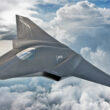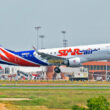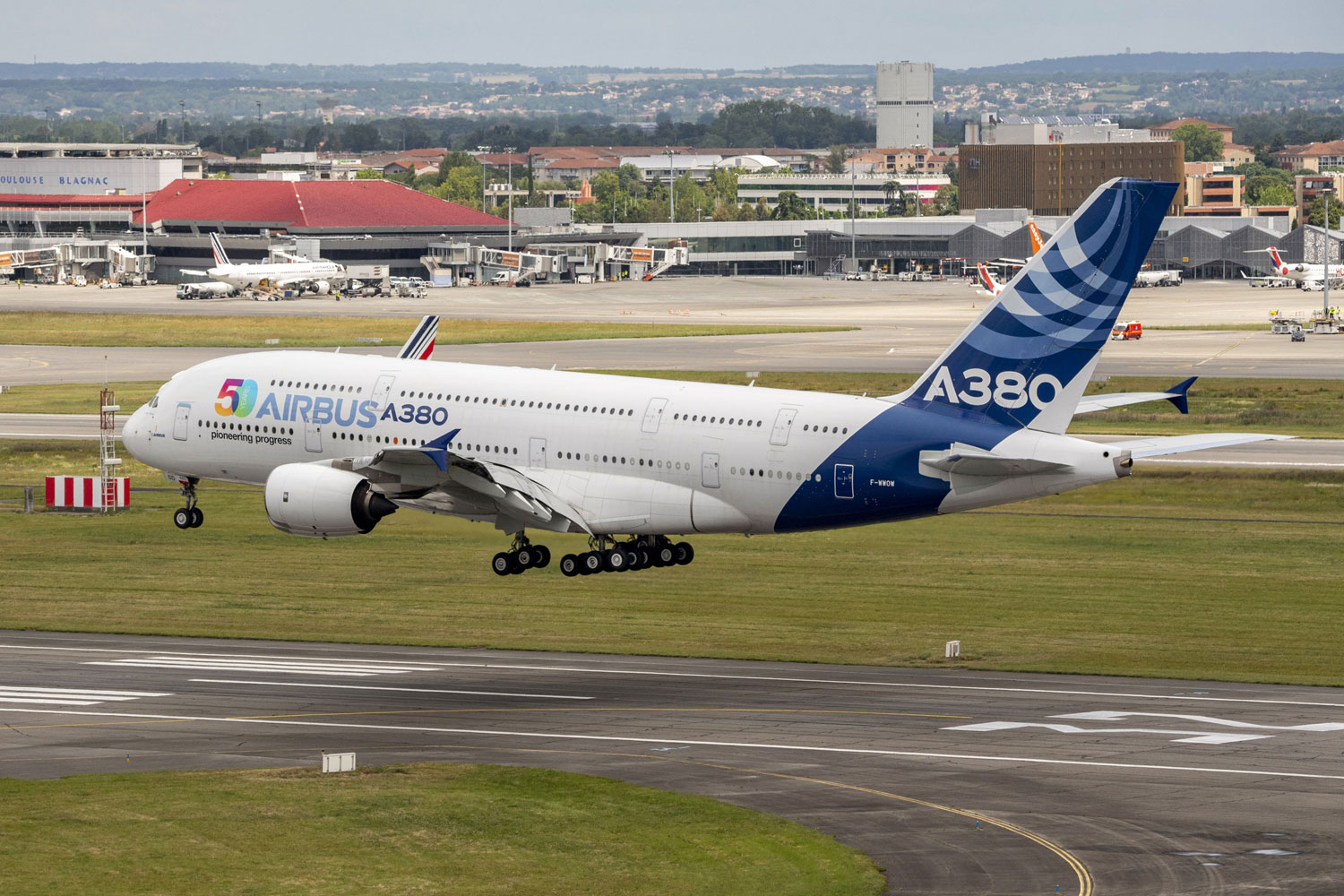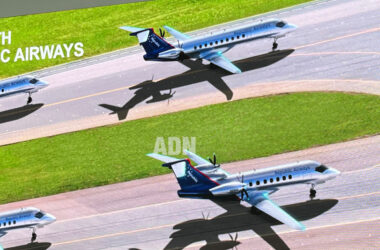Boeing has revealed that it has moved an MD-90 to NASA’s Palmdale, Calif., facility, where the jet will be converted into the X-66A test plane designed to evaluate the Transonic Truss-Braced Wing (TTBW) concept.
Adapting the aircraft is part of NASA’s Sustainable Flight Demonstrator project.
The former McDonnell Douglas commercial jet N931TB has been in storage in Victorville since it was withdrawn from service by Delta Airlines in 2020. Originally, the MD-90 operated with China Northern Airlines and then with China Southern Airlines until 2011.
Follow ADN: Instagram | Twitter | Facebook
The X-66A is one of NASA’s new X-Planes, being the pioneer in helping the US aerospace industry achieve the goal of net zero greenhouse gas emissions.
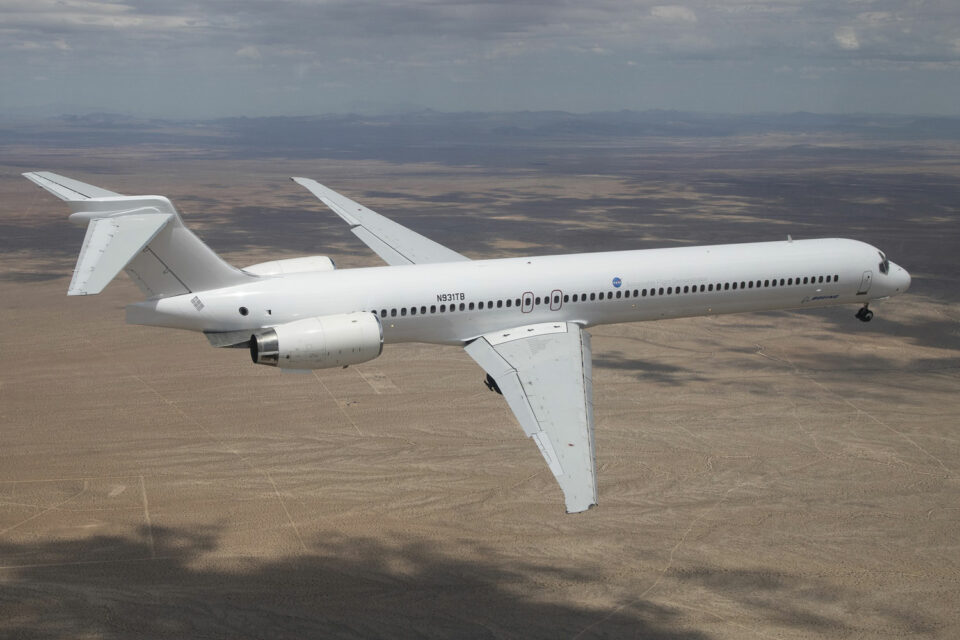
According to the manufacturer, the transformation of the aircraft should begin soon, and ground and flight tests are scheduled to start in 2028.
“This marks an important step in the Sustainable Flight Demonstrator project, advances Boeing’s commitment to sustainability and brings us closer to testing and validating the TTBW design,” said Boeing Chief Technology Officer Todd Citron.
Ultra thin wings
The TTBW concept consists of ultra-thin, larger-span wings supported by struts. According to Boeing, this technology, combined with other expected technological advances, can reduce fuel consumption and aircraft emissions by up to 30%.
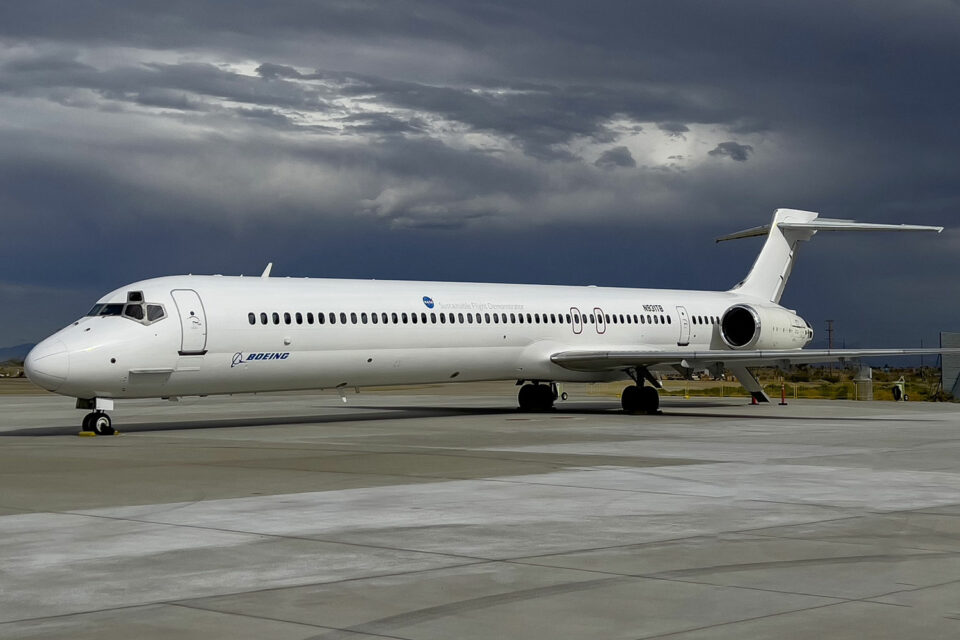
Although it seems new, Boeing and NASA have been studying this concept for more than a decade through the Subsonic Ultra Green Aircraft Research Program (SUGAR).
“We at NASA are excited to be working with Boeing on the X-66A Sustainable Flight Demonstrator making critical contributions to accelerate aviation towards its 2050 net-zero greenhouse gas emission goal,” said Ed Waggoner, deputy associate administrator for programs in the NASA Aeronautics Research Mission Directorate.


